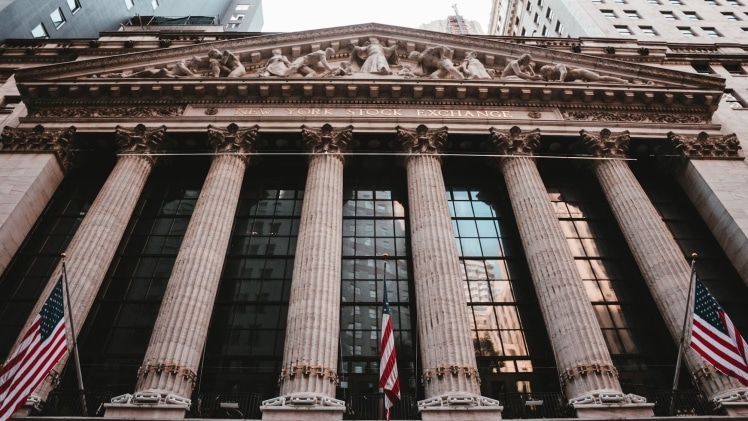Market trends are essential for traders and investors to identify profit opportunities. Whether you’re focusing on short-term price swings or long-term market movements, understanding the forces behind these trends is key to making informed decisions. Four main factors shape both short- and long-term market trends;
- Government policies,
- International transactions,
- Speculation and expectations,
- Supply and demand.
1. Government Policies
Government policies have a major impact on financial markets, mainly through monetary and fiscal actions. Central banks, like the U.S. Federal Reserve, use tools such as interest rates to control the economy’s pace. For instance, when the Federal Reserve raises interest rates, borrowing becomes more expensive, which can slow down the economy. Lowering interest rates, on the other hand, makes borrowing cheaper and encourages spending, potentially boosting economic growth.
This is known as monetary policy. Traders can adapt their forex trading strategies to these economic shifts, considering how changes in interest rates and government policies can affect currency values and market volatility.
Fiscal policy involves government spending and taxation. If the government increases spending, it can stimulate the economy by creating jobs and boosting consumer demand. Tax changes also play a role—raising taxes can slow economic activity, while lowering taxes encourages spending and investment. These government actions shape the flow of money into and out of a country, which influences market trends.
2. International Transactions
The movement of money between countries is another critical factor. When a country exports more goods and services than it imports, money flows into the economy. This inflow strengthens the country’s economy and can boost its currency value.On the other hand, when a country spends more on imports than it earns from exports, it can weaken the economy and the currency.
For example, countries like China and Germany, which have strong export industries, often experience an influx of money that can be reinvested into their markets. This inflow can drive growth, while countries with weaker export activity may face economic challenges.
3. Speculation and Expectations
Speculation refers to predictions about where the market will go in the future. Investors, traders, and even consumers form opinions about the economy’s direction, and their decisions today are based on their expectations for the future. This behavior influences market trends.
For example, if investors believe that a company will perform well in the future, they are more likely to buy its stock today, driving prices higher. Market sentiment indicators, such as surveys on consumer confidence or business outlook, help gauge how people feel about the economy. When enough investors share the same expectation, their actions can collectively push the market in a particular direction.
4. Supply and Demand
Supply and demand are fundamental drivers of market trends. Prices move based on the relationship between how much of a product is available (supply) and how many people want to buy it (demand). When demand for a product or asset is higher than the available supply, prices rise. Conversely, when supply outstrips demand, prices tend to fall.
Take the oil market, for example. If oil supplies shrink due to production cuts but demand remains high, oil prices will likely increase. Similarly, in the stock market, when demand for a particular stock rises and there are fewer shares available, the price of that stock will increase. These basic supply and demand dynamics apply to almost every market, including currencies, commodities, and financial assets.
How These Factors Work Together
These four factors—government policies, international transactions, speculation, and supply and demand—are all interconnected. For example, government policies like interest rate changes can affect international transactions by influencing currency values. Likewise, supply and demand shifts often reflect changing expectations in the market.
When central banks announce interest rate changes or governments release new economic data, traders and investors respond quickly, often creating short-term price fluctuations. These reactions may spark trends that last much longer as markets absorb the full impact of the new information.
Conclusion
Market trends don’t occur randomly—they are driven by a combination of key factors. Government policies, international transactions, speculation, and supply and demand all play significant roles in shaping the market’s direction.
By understanding how these forces interact, traders and investors can make more informed decisions and better navigate the financial markets. Whether you are investing for the long term or trading short-term movements, these factors offer valuable insights into how markets behave and why prices fluctuate.


